All about crushed slag

Among all the materials that are widely and often used, both in the construction industry and in everyday life, crushed slag deserves special attention. Without it, it is impossible to build a house or a road.
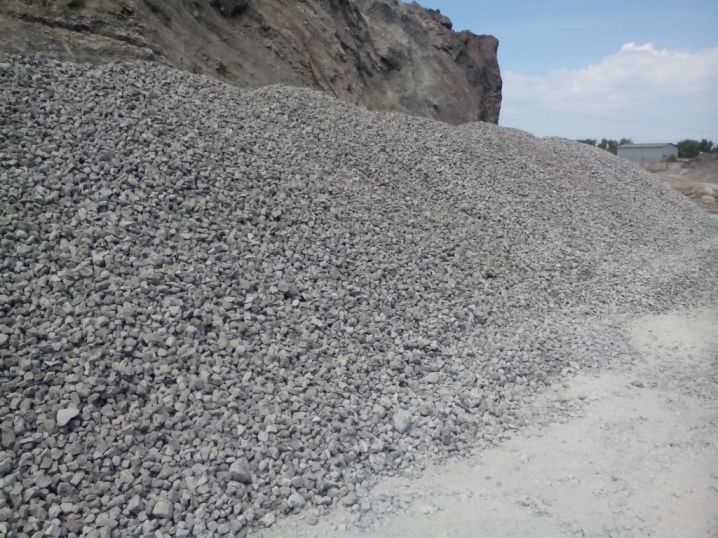
Answers to all your questions about crushed slag can be found in this article. Here we will consider the main technical parameters of the material, its varieties and tell you where and how it can be applied.
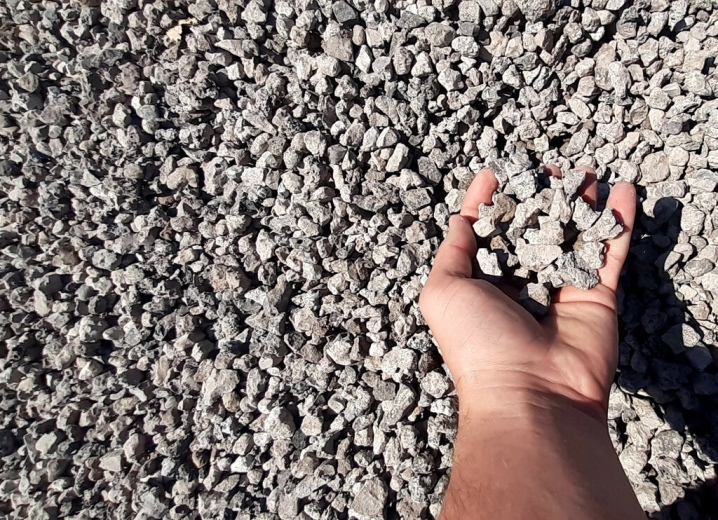
What it is?
Crushed slag is one of the main building materials that is often used in the construction of various structures and structures. This is its uniqueness. It belongs to secondary production, as it is obtained by processing various natural materials in foundries.
When metal, chemicals, and solid fuels are processed in blast furnaces, slag is formed from them, which has a rather porous and solid structure.
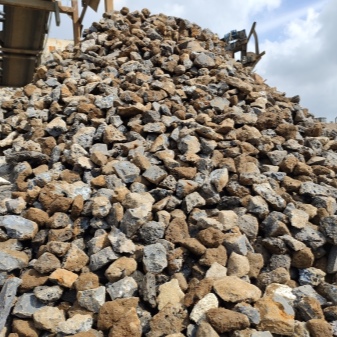
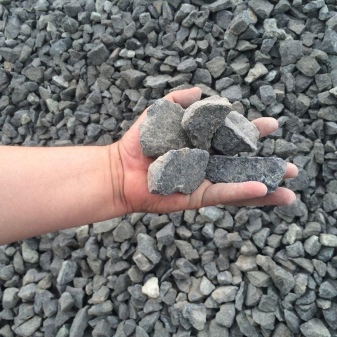
It is this waste of blast-furnace production, which is subsequently crushed mechanically into various types of fractions, and is called crushed slag, which is so popular today. It has a number of advantages, which include:
- water resistance;
- mechanical resistance;
- cost (the price of crushed stone is quite acceptable, it is about 30% lower than the cost of traditional crushed stone);
- reliability;
- excellent physical and technical parameters.
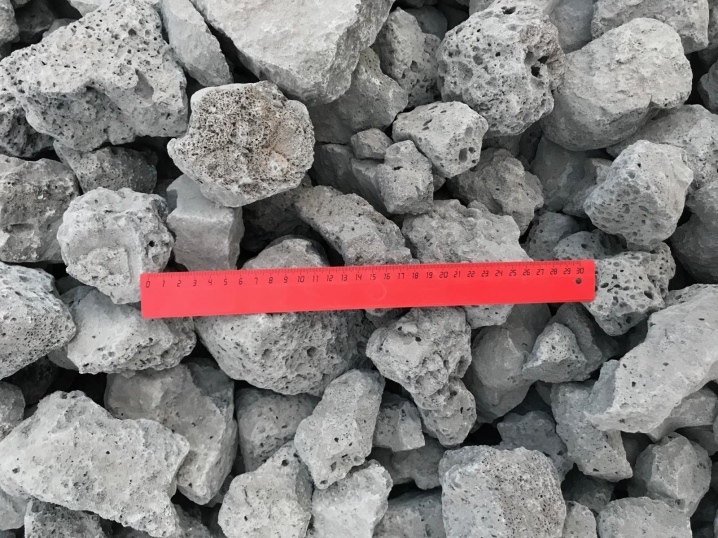
But slag also has disadvantages, which every consumer should also know about. Among them, it should be noted the different strength of the material in one fraction. It can include waste from both metal processing and fuel, and these particles differ in the strength factor. That is why it is very difficult to understand and predict how the material will behave, being an element of a particular structure. Because of this, construction slag is not used in the construction of large and tall structures.

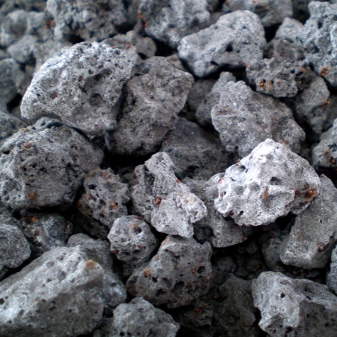
Main characteristics
Like any other building material, crushed stone is characterized by certain properties and physical and technical characteristics, which are controlled by the regulatory documents GOST 5578-94 and 3344-83.
According to them, crushed slag, which is suitable for further use, must have the following characteristics:
- compressive strength factor - M300-M1200;
- the percentage of impurities (dust and clay) - no more than 3%;
- water absorption coefficient - from 1.5% to 4% of the total mass of the material;
- frost resistance coefficient - from 15 to 300;
- radioactivity class - 1;
- strength - from 2.5 MPa to 40 MPa;
- bulk density of the material - from 400 kg / m³ to 1600 kg / m³;
- plasticity - from 15% to 35%;
- weight per m3 is 1000 kg.
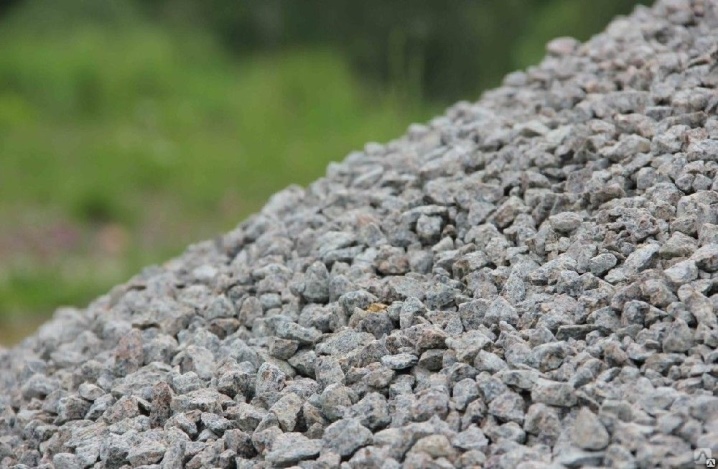
Species overview
Slag crushed stone, like any other building material that is obtained in the crushing process, is classified into fractions.
- Large-fraction. The particle size of the coarse-grained material is 40-70, 70-120 mm. Crushed stone, the particles of which are 40-70 mm in size, are considered standard and are used in the preparation of concrete mixtures for the installation of massive structures, in road construction. But slag crushed stone 70-120 mm refers to non-standard. It is used mainly for decoration as a decoration for enclosing structures, the bottom of a pool or pond.

- Medium fractional. The particle size of the middle fraction material ranges from 20 mm to 40 mm. This material is suitable for the manufacture of concrete and reinforced concrete structures.Crushed stone of the middle fraction is used for mixing the solution, which is used in the construction of roads, railways and building foundations.

- Fine fraction. This fraction includes crushed stone, the particle size of which is from 5 mm to 20 mm. This is the most commonly used material. It is used in the process of making concrete and concrete structures, as well as for pouring bridge elements and road surfaces.

- Elimination. This fraction includes crushed stone, the particle size of which is not more than 5 mm. The scope of this type of crushed stone is decoration.

The presence of different fractions, sizes of crushed slag makes it possible to use it in various areas of construction.
Applications
Crushed slag is a material that is widely used due to its excellent technical parameters and properties, both in rough work and as a decorative finish.
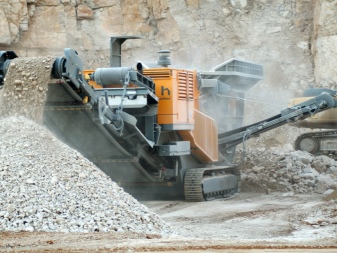
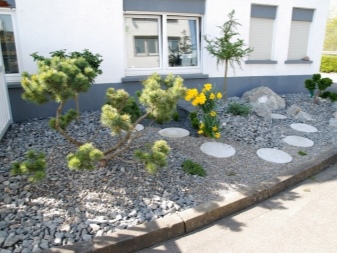
It is used in the following cases.
- In the process of creating a cinder-concrete mixture for performing repair and construction work.
- As one of the main elements in the production of cinder block. Crushed slag is characterized by low thermal conductivity, therefore, a cinder block made from it is most often used for the construction of houses in areas with a harsh climate. The frost resistance of such a block is at least f75.
- As a material for backfilling and compaction in the process of restoration of old and creation of new roads.
- In factories for the production of asphalt concrete. Slag crushed stone is resistant to mechanical stress, wear-resistant, therefore it is so often used to make a mixture in the process of patching or overhaul of roadways.
- At enterprises that are engaged in the production of stone wool for insulation of premises. It is stone wool, which contains crushed slag, that guarantees the highest possible coefficient of thermal insulation and sound insulation in the room.
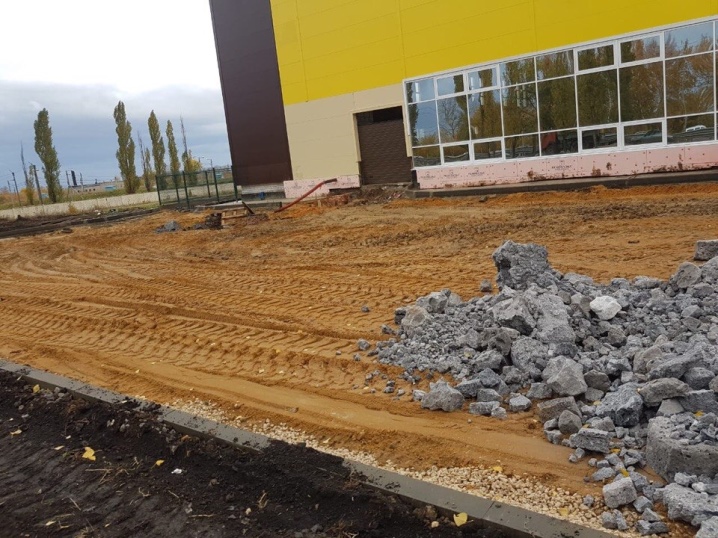
It can be concluded that slag, which is essentially a production waste, is an irreplaceable material, especially for road construction. Absolutely any building - new or restored old, in the structural elements of which there is crushed slag, is guaranteed to function for a long time.
The use of crushed slag in construction makes it possible to reduce shrinkage, creep of the solution. Thus, the material helps to increase the strength, density, crack resistance and water resistance of structures.














The comment was sent successfully.